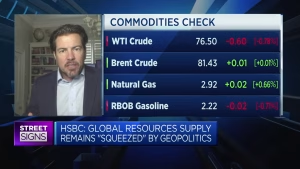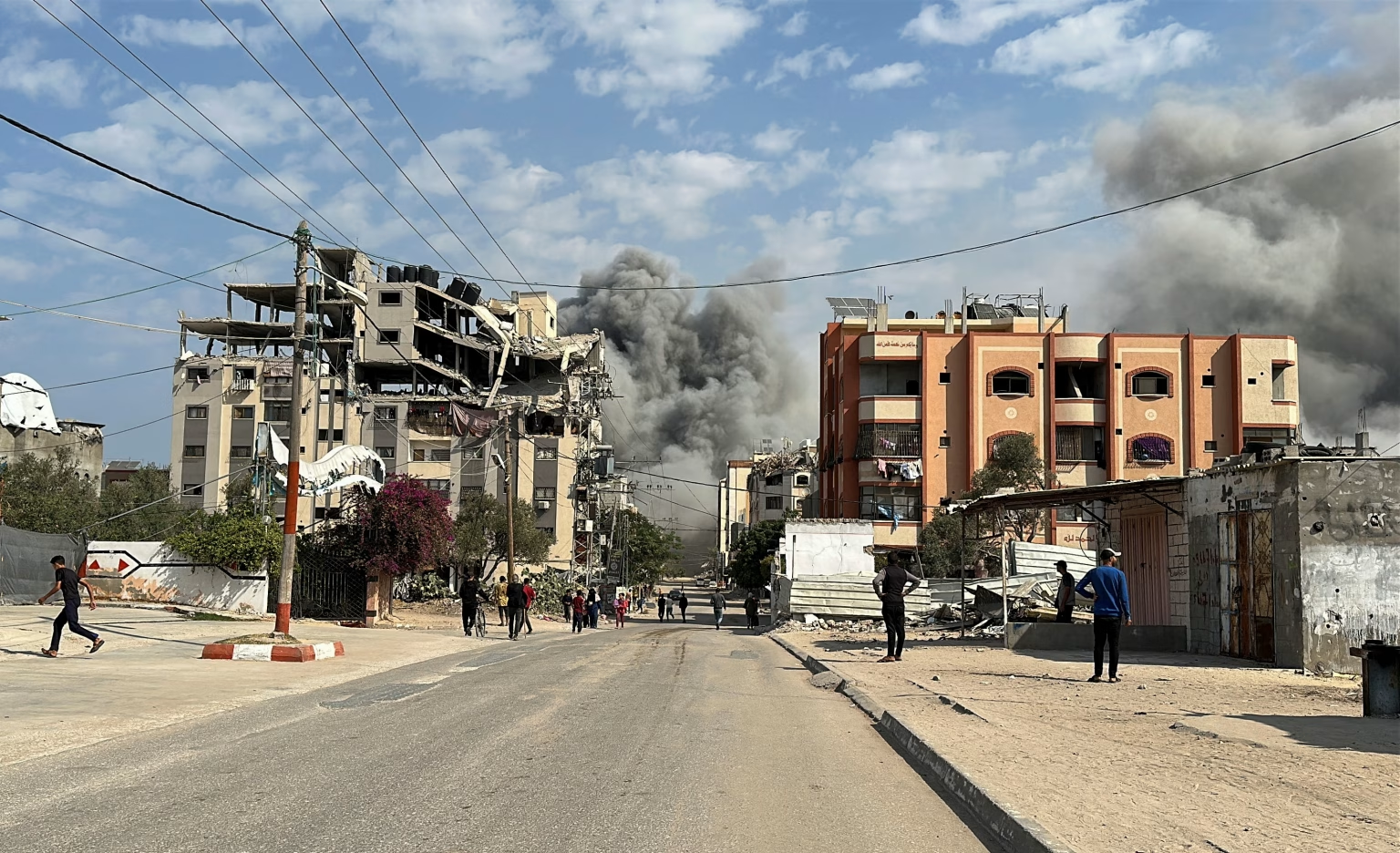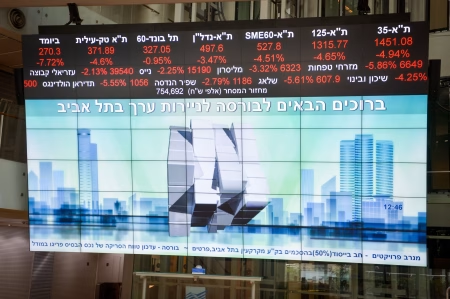Gaza Ceasefire Shaken as Israel Strikes Again – The recent hostilities between Gaza Strip and Israel — particularly the breakdown of a fragile ceasefire and resumed strikes — carry profound financial ramifications. Beyond the human and humanitarian catastrophe, this emerging volatility underscores deep disruption in economies, reconstruction prospects, regional trade links, and investor confidence. In this article we explore the key financial impacts of a faltering ceasefire and renewed conflict.
Gaza Ceasefire Shaken as Israel Strikes Again
1. Economic Destruction and Reconstruction Burden in Gaza
Even prior to the renewed escalation, Gaza’s economy faced dire strain. Analysts estimate that reconstruction and redevelopment would cost tens of billions of dollars after years of conflict and blockade. Arab Center Washington DC+3Chatham House+3Wikipedia+3
Now, with reports of fresh strikes despite the ceasefire, the financial burden on Gaza is magnified. For example:
- Infrastructure damage to water, power, schools, healthcare and housing drives huge rebuilding needs — requiring external funding, which becomes harder when hostilities persist. Brookings
- Unemployment in Gaza has spiked. Reports suggest up to nearly 80 % unemployment as the economy has largely collapsed. Reuters+1
- Economic output in sectors like agriculture, construction and manufacturing have plummeted; some UN reports estimate recovery to pre-conflict levels would take centuries without major intervention. The Guardian+1
With the ceasefire shaky — reports of strikes and violations continuing despite agreement Al Jazeera+1 — the uncertainty hampers reconstruction planning and delays investment. Aid flows become unreliable, insurance and risk premium costs rise, and private firms are less willing to engage.

2. Impact on Israel’s Economy & Regional Spill-overs
While much attention falls on Gaza, Israel too faces direct and indirect economic consequences from renewed hostilities. Analysis prior to the current flare-up already placed large costs on the Israeli economy:
- A study estimated that direct and indirect costs on Israel from military operations and labor disruptions reached hundreds of billions of shekels. Arab Center Washington DC
- Costs include mobilising large reservist forces, lost productivity when workers are absent from the labour market, higher defence expenditure, and depressed business and consumer sentiment. Arab Center Washington DC+1
- The war’s disruption has also weighed on trade, especially in border regions and labour flows; with a ceasefire disrupted, these fragilities persist and may deepen.
In addition, regional economies face spill-overs: countries like Egypt and Jordan, which host or engage with Gaza and the wider conflict zone, are vulnerable to tourism decline, disruption of transit routes, and refugee flows. Analysts argue that a ceasefire is not only a humanitarian necessity but an economic one for the region. Chatham House

3. Aid-Dependence, Humanitarian Costs and the Finance Gap
Gaza’s economy is heavily aid-dependent. The interruption of peace and return to strikes threaten to deepen the humanitarian–financial loop. Key issues:
- Humanitarian flows of food, fuel and medical supplies are still below required targets — undermining basic functions of the economy and increasing cost burdens and risk of famine. Reuters+1
- Reconstruction efforts and investments cannot proceed without stability. Investors and governments hesitate, delaying job creation and economic revival.
- Financing the rebuilding will require large donor inflows. But renewed conflict raises questions about security of that investment and may tilt funds toward emergency response rather than long-term development.
Thus the shaky ceasefire and subsequent violation create a vicious circle: instability reduces funding and investment, which in turn makes economic recovery harder, making the region more fragile and prone to further conflict.
4. Market Sentiment, Credit Ratings & Investment Risk
From a macro-financial perspective, the alarm bells ring when ceasefires fail and military activity resumes. The implications include:
- Credit risk: For Israel, prolonged conflict raises the risk of large fiscal deficits, higher defence spending, and economic drag — potentially impacting sovereign credit ratings. Previous analysis indicated that Israel’s economy was already under strain. Arab Center Washington DC+1
- Investor caution: Regional investors, foreign direct investment (FDI) flows and international companies are sensitive to conflict risk. The breakdown of a ceasefire — or its fragility — raises the “country risk” premium and may lead to capital flight or deferred investment.
- Exchange rate and inflation pressures: For both sides, war can disrupt supply chains and labour markets, leading to inflationary pressures. Meanwhile, currency stability may come under strain if external investor confidence declines.
- Opportunity cost: Funds diverted to military operations and emergency responses are funds not being invested in long-term economic growth, innovation, or human capital development — meaning lost potential GDP growth down the road.
5. What Happens if the Ceasefire Collapses?
The risk of a full breakdown in the ceasefire significantly amplifies financial impact. Some key possible consequences:
- Renewed intense conflict means renewed infrastructure destruction — each fresh wave of bombing eradicates progress made, requiring fresh rebuilding and compounding losses.
- Human capital losses accumulate: more homes destroyed, more people displaced, more businesses shuttered — the economic base erodes further.
- Regional escalation may trigger sanctions, trade disruptions, reduced tourism and cross-border investment blow-back.
- Reconstruction budgets balloon not just because of scale but because of higher risk premium and cost of doing business in an unstable environment.
- Aid fatigue: Donor nations may become reluctant if stability isn’t restored, further limiting the financial resources available for rebuilding.
6. Signs of Opportunity — If Ceasefire Holds
Conversely, if the ceasefire, though shaken, can be stabilised, there are financial opportunities worth noting:
- Reconstruction funds and foreign investment could begin flowing again. A stable period creates a window for rebuilding infrastructure, housing, energy, and connectivity.
- Labour market re-entry: Gazans and other regional workers returning to jobs or rebuilding activities can revive economic activity.
- Trade and cross-border activity: If borders open, commerce, transit, tourism and external labour flows may resume, benefiting Gaza, Israel and neighbouring economies.
- Psychological boost: Peace (even tentative) improves business sentiment, credit conditions and investor outlook — unlocking latent capital and economic growth potential.
However, these opportunities remain contingent upon the ceasefire holding and confidence returning — both of which look precarious given recent reported strikes.
7. Conclusion
The financial consequences of the fragile ceasefire in Gaza being shaken by renewed Israeli strikes are profound and multi-layered. From the devastated economy of Gaza, to the strain on Israel’s fiscal and economic structures, to regional spill-overs and investor sentiment — the path ahead is fraught with fiscal risk and lost growth potential.
Stabilising the ceasefire is not just a humanitarian imperative but a fundamental economic one. Without peace and security, rebuilding will remain a distant promise, unemployment will remain rampant, and the entire region will carry the burden of deferred growth and elevated risk. On the flip side, if stability can take hold, there is a chance for rebuilding, reinvestment and recovery — but it requires commitment, oversight, and the return of confidence.
The financial impact isn’t just about budgets and numbers — it’s about rebuilding lives, businesses, infrastructure and hope. And when a ceasefire falters, the cost goes far beyond the battlefield — into the very foundations of the regional economy.








